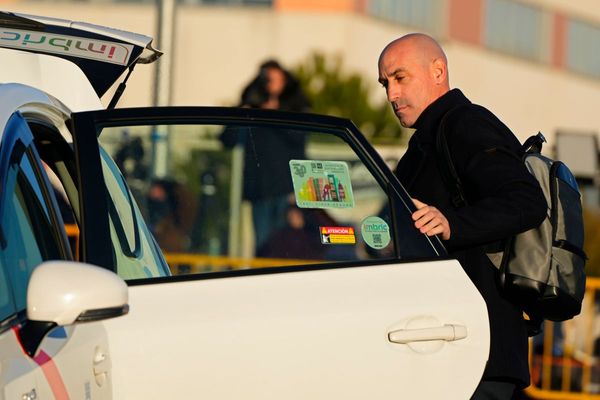Thus, the effect of social media on public opinion will be ever more profound and diverse going into 2025. Such is the nature that, besides being a source of self-expression, social networks like TikTok, Twitter - now X - and Instagram became places of pretty sturdy political battles, social movement action, and calling attention to specific problems among the general public.
Social Media Influence Today
New statistics indicate that about 54% of adults in the U.S. use social media to get news, a slight increase compared to the recent past. That shows the continuing rise in dependence on social media as a source of information. The "Click here" method, often used in online casinos, for instance, should never contain false information. However, the misinformation via social media frequently does not lead to external links and usually comes packaged as raw as it gets: no clickbait or over-blowing text. Usually, these do not aim to scam people, just to spread misinformation.
In 2024, surveys showed that 64% of Americans believe social media has improved the public's knowledge of current events. However, this perception differs widely across age groups, with younger individuals more likely to think social media keeps them better informed than older individuals.
That is a duality with social media: while it provides a means for disseminating information, it also allows the spread of misinformation. In a report by Pew Research, 84% believe that social media has made people more easily manipulated by false information and rumors. This manipulation may polarize the populace's opinions, leading to heightened division across different political groups. In fact, 65% of those surveyed believe that social media contributes to a greater polarization in political views.
The Role of Algorithms and Engagement
By design, algorithms underlying social media platforms elevate content based on its popularity rather than veracity. This too often crowds out fact-based reporting with misleading and sensational content. Emotionally appealing, especially those infused with partisan content research, suggests getting the most engagement and spreading farther than most. Because of that, misinformation spreads faster and may create misperceptions that affect civic attitudes and behaviors.
This, in turn, has far-reaching implications for election cycles. For example, candidates with better social media campaigns won undecided voters in the recent U.S. elections by latching onto trending topics and appealing to emotions. This does not make people aware; on the contrary, it ignites even latent preferences in otherwise indifferent voters.
Social Movements and Public Awareness
Social media has played a vital role in mobilizing social movements, raising awareness, and bringing pivotal issues into the public eye. The Black Lives Matter movement and climate activism are prime examples of how different platforms have supported widespread discussion and action. Across the other countries, a median of 77% believes that social media effectively raises public awareness about sociopolitical issues. This capacity of mobilization shows a shift in how grassroots campaigns work: much less reliant on traditional media and more on viral content strategies.
Movements in 2025 can use TikTok as an effective platform to reach younger audiences. For instance, environmental activists have used the short-form video format to engage viewers in the climate issue, calling them to participate in local initiatives or protests worldwide. In addition to the facts, the personal story shared makes it a compelling narrative that strikes users.
The Impact on Democracy
The relationship between social media and democracy is complicated. While these platforms can foster democratic engagement by giving a voice to the most marginalized segments of society, they also pose risks associated with misinformation and manipulation. Reports indicate that organized campaigns to manipulate public opinion through social media have been identified in more than 70 countries, highlighting the global nature of this issue. Such tactics threaten the integrity of democratic processes by undermining trust in traditional institutions.
Another critical point is that computational propaganda—the increasing number of governments or organizations using bots and other fake accounts to change the public's opinion—is causing concern among scholars and policy thinkers. While this is becoming increasingly sophisticated, not even well-read citizens can read some convincing stories without any precautions.
Bridging the Gap in Education and Media Literacy
If the harmful effects of social media's influence on public opinion are to be counteracted, much more education about media literacy is needed. In a world of rampant misinformation, it will be vital to equip people with the ability to assess sources critically. Recently, some efforts have been made to include media literacy in school curricula, so students know how to tell credible information from lies.
Besides that, social media firms have taken some steps towards accountability by introducing fact-checking features and being more open regarding content moderation. For example, it is more likely today that a misleading post will be labeled or contextualized with the controversy surrounding it.







